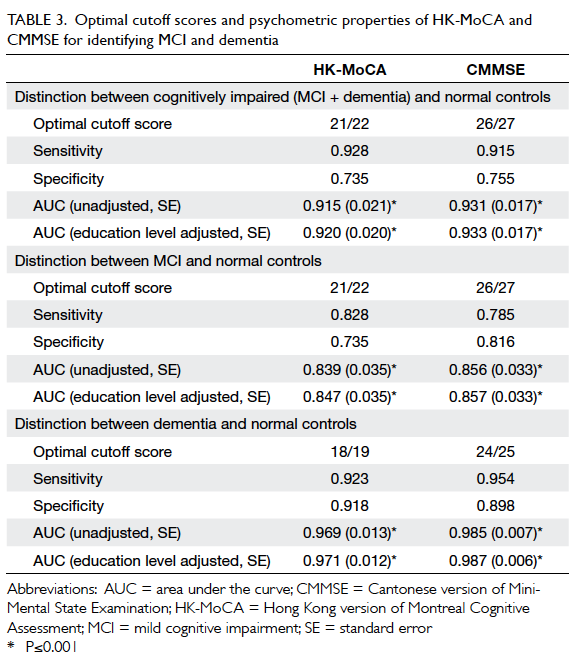

The per-protocol analysis data set and subgroup analysis at 36 weeks showed similar results. At 36 weeks, the tai chi chuan group showed improved MoCA scores compared with the fitness walking group (mean, 24.67 vs 23.84 between-group mean difference, 0.84 P = .046) in the intention-to-treat analysis. Results A total of 328 participants (mean age, 67.55 years mean T2D duration, 10.48 years 167 women) were randomized to the tai chi chuan group (n = 107), fitness walking group (n = 110), or control group (n = 111) and included in the intention-to-treat analysis. Secondary outcomes included MoCA at 24 weeks and other cognitive subdomain measures and blood metabolic indices at 24 and 36 weeks. Main Outcomes and Measures The primary outcome was the global cognitive function measured at 36 weeks by the Montreal Cognitive Assessment (MoCA). The participants were followed up for 36 weeks. All 3 groups were provided with a 30-minute diabetes self-management education session, once every 4 weeks for 24 weeks. Both exercise groups took the training for 60 min/session, 3 times/wk, for 24 weeks in a supervised setting. The fitness walking group received fitness walking training. The tai chi chuan group received 24-form simplified tai chi chuan. Interventions Participants were randomized in a 1:1:1 ratio to a tai chi chuan group, a fitness walking group, or a control group. Participants included 328 adults (aged ≥60 years) with a clinical diagnosis of T2D and MCI.
#BLIND MOCA SCORE INTERPRETATION TRIAL#
Objective To compare the effectiveness of tai chi chuan, a mind-body exercise, for improving cognitive function in older adults with T2D and MCI, with fitness walking.ĭesign, Setting, and Participants This randomized clinical trial was conducted between June 1, 2020, and February 28, 2022, at 4 sites in China. Physical activity benefits cognition, but no evidence from randomized clinical trials has shown whether tai chi chuan has better long-term benefits than fitness walking in cognitive function for patients with T2D and mild cognitive impairment (MCI). Importance Type 2 diabetes (T2D) is associated with the progression of cognitive dysfunction. Shared Decision Making and Communication.Scientific Discovery and the Future of Medicine.Health Care Economics, Insurance, Payment.Clinical Implications of Basic Neuroscience.

Challenges in Clinical Electrocardiography.Make sure to let your health care provider know about any new problems your loved one has with memory, language, or ability to function in daily life. Your loved one also may be asked to return in the future to take the test again.

These drugs may improve certain dementia symptoms, but they haven’t been shown to slow or stop the progress of dementia. If your loved one is diagnosed with dementia, he or she may be offered a drug designed to help patients with dementia. You may need to find new care options for your loved one, such as home health care, companion services or adult day care.
#BLIND MOCA SCORE INTERPRETATION PROFESSIONAL#
Your health care professional will let you know what next steps you need to take, depending on the diagnosis. Your loved one will likely have to complete other tests for a diagnosis, including a physical exam, a medical history, brain scans, and possibly other memory tests.Īlthough health care providers use the MMSE often, researchers encourage them to consider the results of this test along with the patient’s personality, behavior and their ability to manage at home and with daily life activities. The health care professional will consider this result when deciding what health condition or disease may be present. If your loved one has a score between 21 and 24 on the MMSE, then he or she may have mild dementia. The scores are generally grouped as follows: The MMSE has a maximum score of 30 points. Some test items receive a higher score than others. The total possible score on the test is 30 points. The MMSE asks questions such as “What is the year?”, “Where are we now?”, “Make up and write a sentence about anything,” and “Spell WORLD backwards.” The MMSE is used to help measure short- and long-term memory, concentration and understanding instructions. The MMSE is not the only test given to find out if someone has dementia, but it is a test that is often used by health care providers. This person may have Alzheimer’s disease, which is the most common form of dementia. Dementia refers to a decline in mental ability that is severe enough to affect daily life. The Mini-Mental State Examination (MMSE) is a test given by health professionals to someone who may have dementia.


 0 kommentar(er)
0 kommentar(er)
